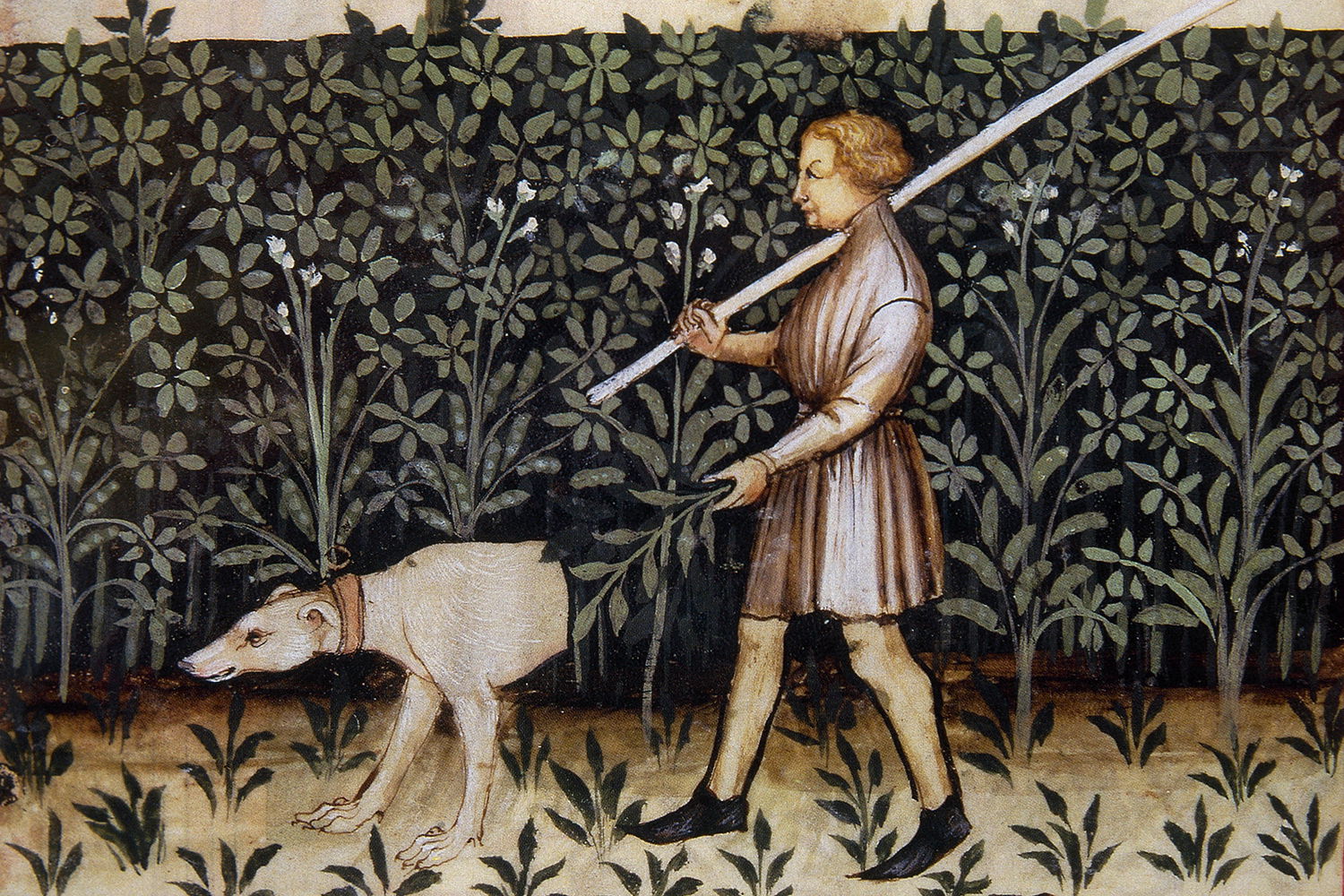Medieval guard dog breeds were highly valued for their protective abilities. Large, well-trained mastiffs were especially prized as guard dogs during this time.
These powerful dogs were used to protect valuable assets, such as London Bridge, and were even considered so valuable that Scottish law required anyone who killed one to stand watch in their place for an entire year. Other hunting breeds, such as the greyhound, were also utilized for their speed and ability to take down game.
In medieval Europe, dogs played a crucial role in guarding and protecting, making them an indispensable part of society.

Credit: www.quora.com
Medieval Guard Dog Breeds
In medieval times, guard dogs played a crucial role in protecting castles, villages, and other important establishments. These loyal and fierce dogs were trained to guard and defend against potential threats, making them indispensable companions for those living during the Middle Ages.
Dog Breeds In Medieval Times
Different dog breeds existed in medieval times, each serving a unique purpose. Some of the popular breeds included:
- Greyhounds: Foremost among the hunting breeds, greyhounds were valued for their speed and ability to attack and bring down game. They were often used for hunting as well as guarding.
- Mastiffs: Known for their large size and strength, mastiffs were excellent guard dogs. They were often used to patrol and protect castles, acting as a deterrent against potential intruders.
- Hounds: Hounds such as alaunts and spaniels were commonly used in medieval hunting. Their keen sense of smell and tracking abilities made them valuable assets during hunts.
Hunting Dogs In The Middle Ages
Hunting was a popular activity during the Middle Ages, and dogs played a crucial role in assisting hunters. The most prominent hunting breed during that time was the greyhound. This breed’s speed and agility made it ideal for chasing and capturing game. However, greyhounds were not released until the quarry was in sight, ensuring a successful hunt. Other hunting dogs, such as mastiffs and hounds, were also used depending on the specific hunting requirements.
Guard Dogs In Medieval Warfare
In times of warfare, guard dogs were utilized to protect armies and fortifications. The specific breed used in medieval war was a combination of mastiffs and deerhounds. These war hounds not only guarded their handlers but were also trained to create chaos in enemy formations by splitting them apart. Their size and strength made them formidable opponents on the battlefield.
In conclusion, medieval guard dog breeds played a crucial role in safeguarding lives and property during the Middle Ages. Their diverse capabilities, whether for hunting or warfare, made them valuable assets to their owners. As we look back on this fascinating era, it is clear that these loyal and fearless canines were an important part of medieval society.

Credit: www.historytoday.com

Credit: doglawreporter.blogspot.com
Frequently Asked Questions For Medieval Guard Dog Breeds
What Dog Breeds Existed In Medieval Times?
Dog breeds that existed in medieval times include greyhounds, alaunts, spaniels, mastiffs, and hounds. These breeds were used for hunting and guarding purposes during that period.
What Is The #1 Protective Dog?
The #1 protective dog is the mastiff, known for its size and strength. They make excellent guard dogs and are highly protective of their family.
What Dogs Were Used In Medieval War?
In medieval war, a mixture of mastiffs and deerhounds were used as war hounds to create routes and split enemy formations.
What Were The Hunting Dogs In The Middle Ages?
In the Middle Ages, the hunting dogs included greyhounds, alaunts, spaniels, mastiffs, and hounds. Greyhounds were highly valued for their speed and ability to bring down game. These dogs were released towards the end of the hunt when the prey was in sight.
Other breeds like alaunts, spaniels, mastiffs, and hounds were also used for hunting purposes.
Conclusion
Medieval guard dog breeds were an essential part of medieval society, playing a vital role in protecting people and property. From mastiffs to hounds, these dogs were renowned for their loyalty and protective instincts. As valued guard dogs, they were highly prized and held in high regard.
Their role in safeguarding castles, homes, and livestock cannot be underestimated. In today’s world, we can still appreciate their legacy and the important contributions they made during medieval times.
